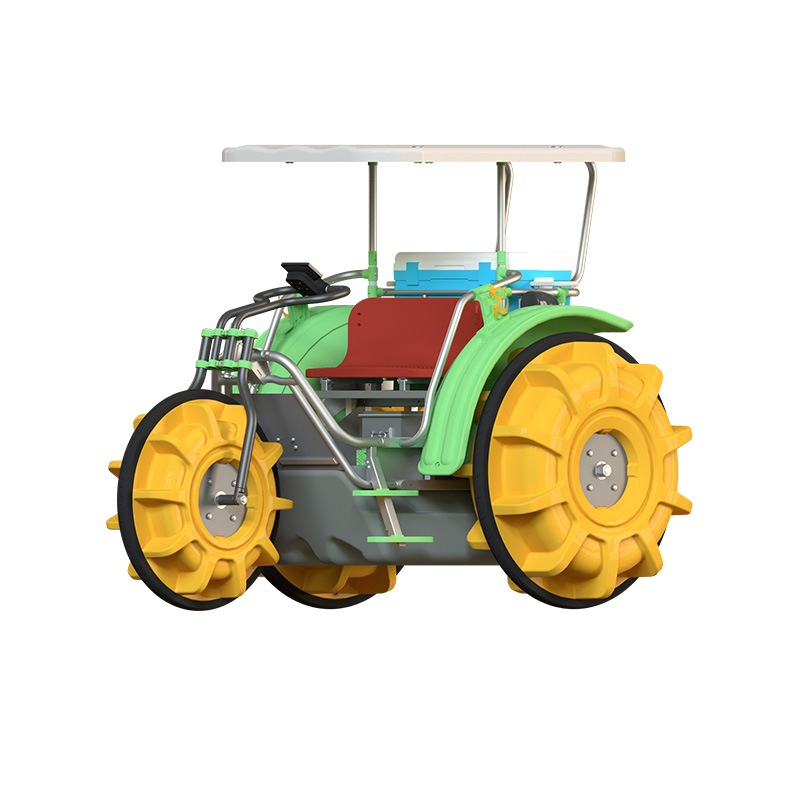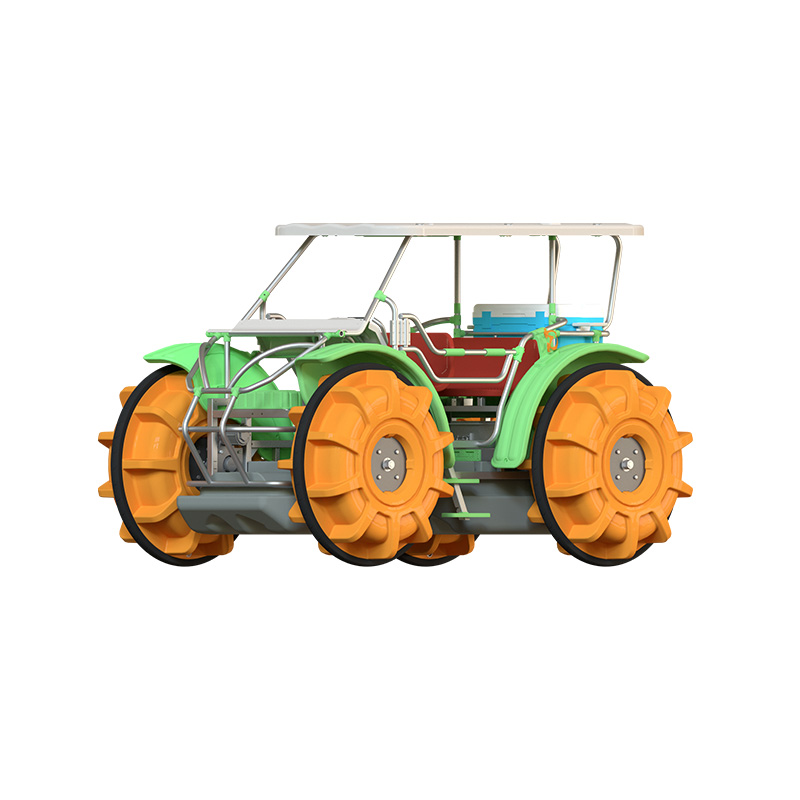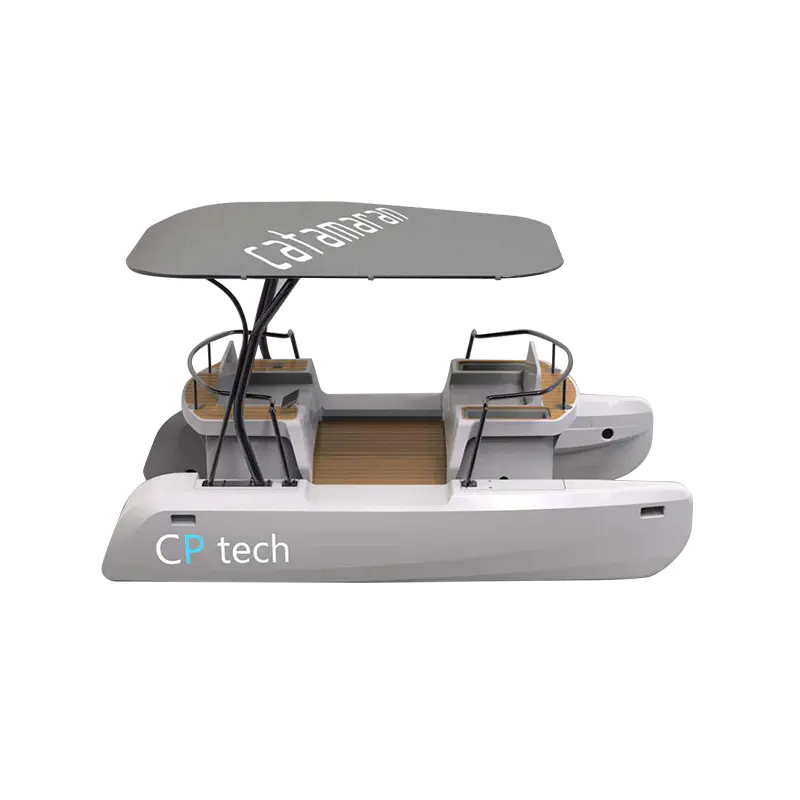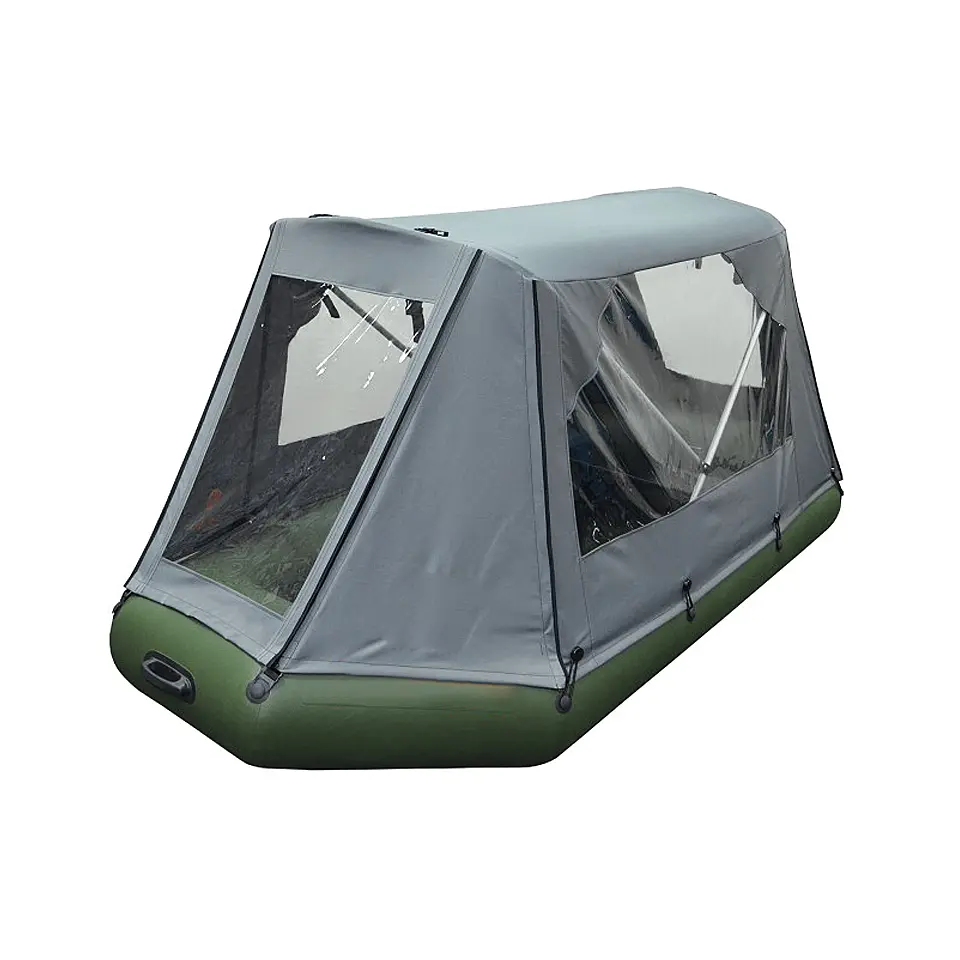Can an Electric ATV Be Used in Cold or Wet Weather?
2025-06-20
The popularity of the electric ATV has grown steadily in recent years due to its quiet operation, reduced emissions, and low maintenance requirements. As more outdoor enthusiasts and worksite users explore electric options, questions often arise regarding the suitability of an electric ATV for use in challenging weather conditions, particularly in cold or wet environments.
The primary concern for potential users is battery performance in cold weather. Like many battery-powered vehicles, an electric ATV relies on lithium-ion or similar battery technologies that can be sensitive to temperature fluctuations. In cold environments, battery efficiency may decrease, resulting in reduced range or longer charging times. However, this does not mean an electric ATV cannot be used in winter. Many models are equipped with battery management systems that regulate temperature and maintain performance. Pre-warming the battery before operation or storing the vehicle in a garage can also help sustain usability during colder months.
Another point of concern is how the electronics of an electric ATV handle moisture. Modern designs typically include waterproof or water-resistant enclosures for critical components such as the motor, controller, and battery pack. This allows the vehicle to be used in rainy conditions or driven through wet terrain without significant risk of damage. It is still important, however, for users to consult the manufacturer's specifications to confirm the level of protection offered. Not all electric ATV models are rated for submersion or deep water use.
For those who intend to use an electric ATV in snowy or icy environments, traction and tire choice become important. Just like traditional ATVs, electric models can be equipped with appropriate tires for snow or mud. Some manufacturers offer optional heated handlebars or other comfort features to enhance usability in low temperatures. Additionally, since an electric ATV delivers torque instantly and smoothly, it can offer more control in slippery conditions compared to internal combustion models that require gear shifting.
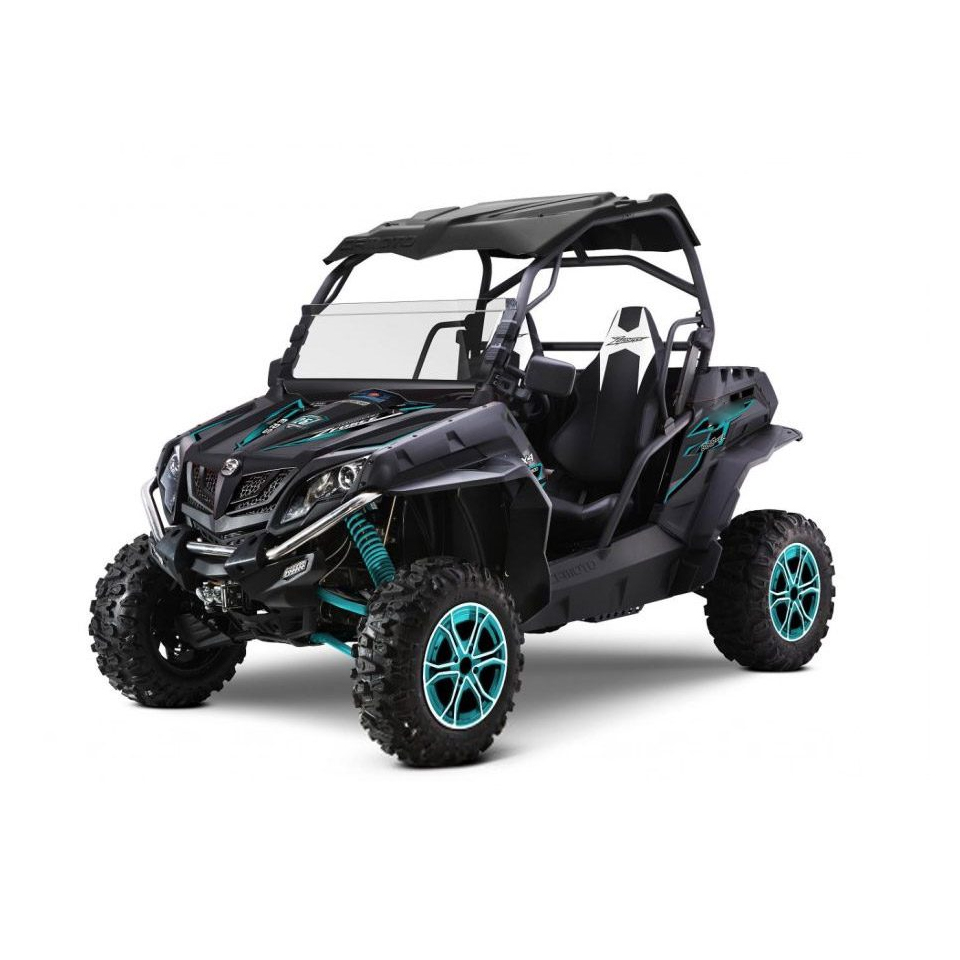
In wet environments, maintenance considerations differ slightly. One of the advantages of an electric ATV is the absence of exhaust systems, oil changes, and carburetors that can be affected by water or mud. This can reduce the time and effort required to keep the vehicle running after exposure to rain or shallow water. However, regular cleaning and inspection of connectors and seals are still necessary to prevent long-term wear or corrosion.
Charging infrastructure may also pose challenges in cold or wet locations. Outdoor charging stations should be weatherproof and installed in sheltered areas to ensure safe and consistent operation. Some users opt for portable generators or solar charging setups when using the electric ATV in remote environments, though charging times and availability of power can vary depending on location and weather.
In summary, an electric ATV can be used in cold or wet weather with proper preparation and awareness of its technical specifications. Advances in design have improved reliability across various terrains and climates, making the electric ATV a viable choice for all-season use. While users may experience slight differences in range or performance, these can often be mitigated through smart usage habits and appropriate equipment upgrades.

 English
English  русский
русский  عربى
عربى 